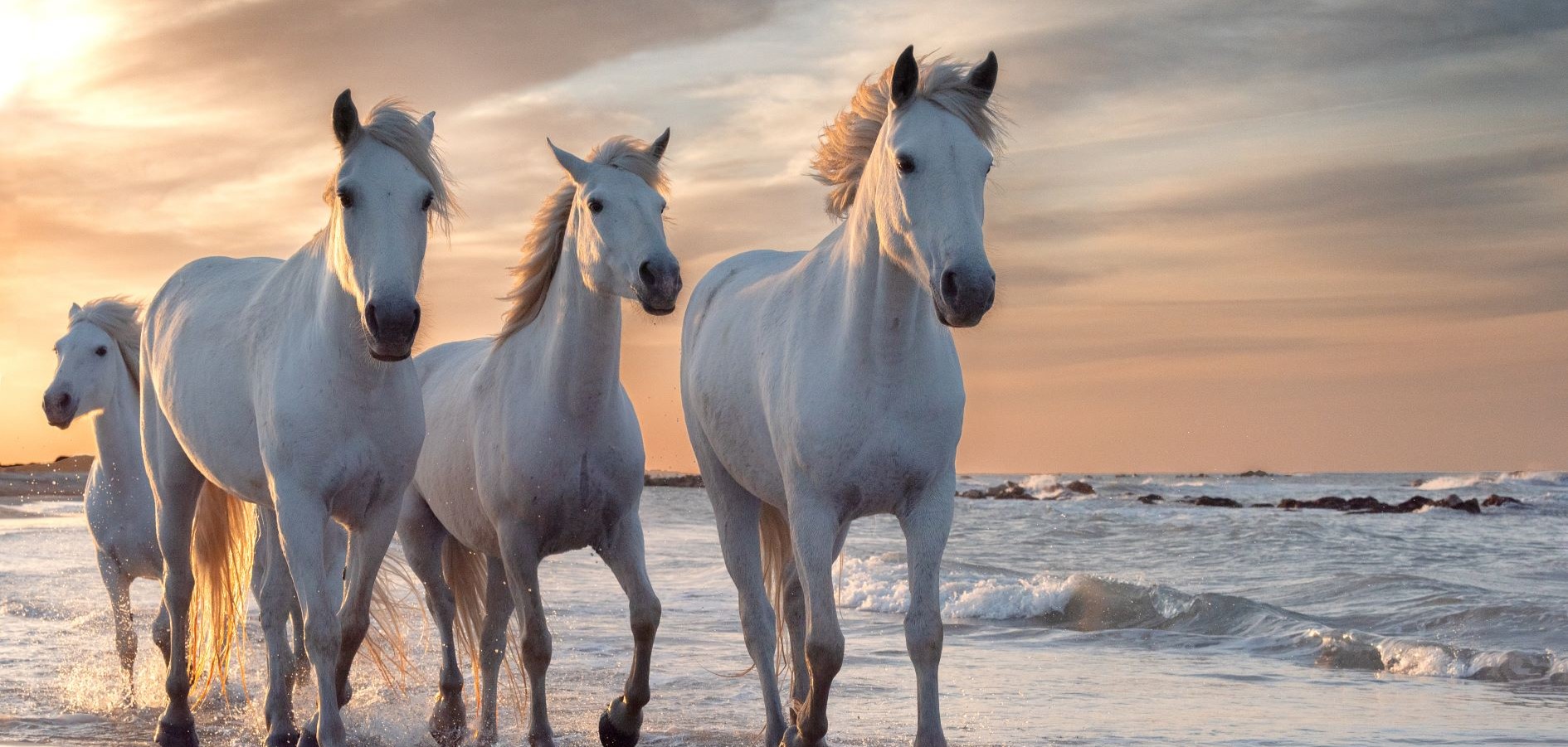Your shopping cart is empty
JavaScript seems to be disabled in your browser. For the best experience on our site, be sure to turn on Javascript in your browser.
Orders of more than $170.00 will be shipped free. Flat shipping rate of $14.00 on all orders up to $170.00
Are you a professional? Click here

Have you ever heard of dapple-gray horses? If not, we are here to help you learn about these amazing, beautiful horses. In this article, we are going to explain how their coat changes as they get older, and how their name comes from a bird with dark and white plumage. This gives us a clue to one of the main traits of this horse, their coloring, and the change they go through over time. Let’s find out a bit more!
There’s no doubt that the trait that defines these horses is their coat. They are born dark and, as time goes on, they begin to turn white. Essentially, they form grey hair that is incredibly beautiful and lovely to touch. This makes this type of horse one of the most admired and most desired.
The transition from a dark coat to a white one goes through several phases which are the result of a depigmentation pattern, although this affects neither the eyes nor the skin of these horses. They lose eumelanin and pheomelanin, the pigments responsible for the color of the coat, the mane and the tail. By the time they are six, some are completely white.
This is often dark, although sometimes it can be white or light-colored. When a foal is born with a brownish-gray color, you can tell it is dapple-gray if you detect any white hair on its eyelashes or around the eyes.
When that first coat shedding happens, the first white hairs will start to appear, especially on the head and parts near the horse’s head. These horses are known asyoung grays.
At this stage, which begins from the second coat shedding, they turn a dark dapple-gray. There are now more white patches on a dark background, and they are getting bigger in size.
There are more white patches and they predominate on the dark coat. They start to merge with each other and there are fewer dark spaces. At this stage, the horses are known as light dapple-gray.
This is the stage where we can distinguish between two types of horses. Flea-bitten horses have a black or dark base coat, whereas atruitat dappled horses have a chestnut or sorrel base coat. In any case, the dark patches get smaller and smaller and, as a result, are less visible.
This is the last stage and is characterized by a coat that is completely white or gray-haired, including the tail and mane. However, sometimes there is a small regression and small dark patches reappear.
Now that you know the traits and stages of their coat progression, we are going to explain how to care for a dapple-gray horse. First of all, you need to know that 75% of dapple-gray horses that go beyond 15 years of age develop benign melanomas. If they are not treated, they can become malignant. As such, you need to prevent excessive sun exposure, especially during the middle part of the day. You also need to apply ointments and give them antibiotics.
Apart from this, a good diet will always be beneficial to their health. If you follow these tips, there should be no problems. However, if those melanomas ulcerate, they can be surgically removed.
Another important aspect about their care relates to their beautiful coat. To prevent it turning yellowish, use a specific product, like the Angel shampoo for dapple-gray horses. You will then be able to ensure it stays soft, shiny, and clean. You will also avoid that yellow shade that looks dirty when it is actually caused by urine and manure.
To wash the horse, first apply the shampoo or spray to remove the stain. Soak the area with lukewarm water and rub it several times using a mitt or brush. This way, the product will coat the horse’s hair. Allow it to act for two or three minutes and then rinse with plenty of water.
These are some tips for maintaining the health of a dapple-gray horse. Remember that it is essential that they are well looked after, cared for, and fed. Also, pay attention to any change or anomaly in their appearance as that can be a sign that you need to intervene. This includes regularly observing the condition of their coat.
Dapple-gray horses have a great aura and a lot of charm. They are admired and loved by horse riding and equestrian enthusiasts as well as people who have no attachment to that particular discipline. If you want to choose items from a wide range of cosmetic products for horses, take a look at our website.